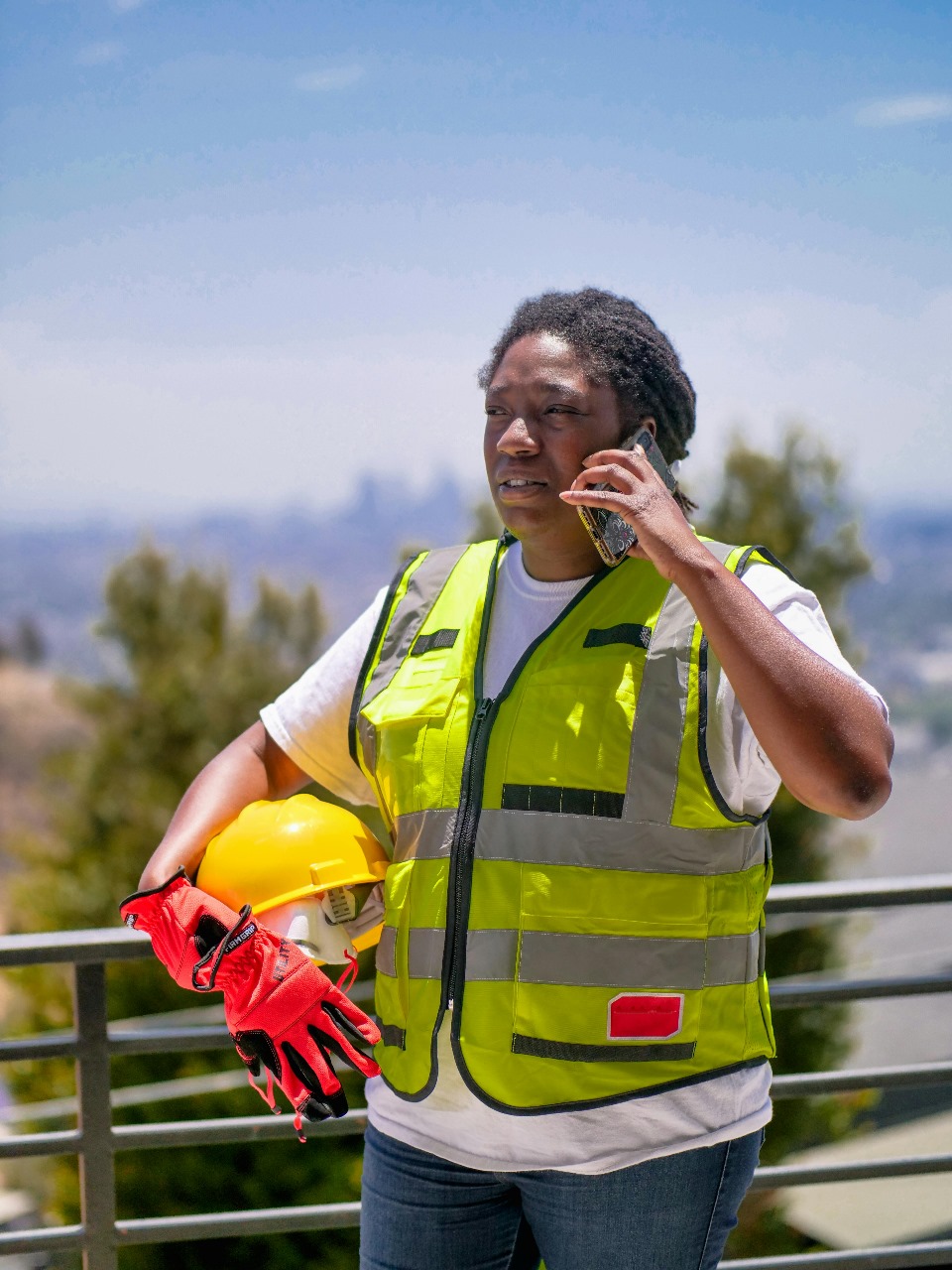Austin’s rapid growth has sparked an unprecedented demand for skilled construction workers. Meeting this demand requires more than just hiring—it demands a steady pipeline of well-trained professionals equipped with the latest skills. Education programs in Austin have become critical players in feeding the local construction workforce, ensuring that the city’s infrastructure, residential, and commercial projects have the talent they need to succeed.
In this article, we explore how specialized education and training initiatives are shaping the austin construction labor market, supporting industry growth, and offering promising career pathways.
The Growing Need for Skilled Labor in Austin Construction
Austin’s booming economy, fueled by tech expansions, population growth, and urban development, has accelerated construction activity across all sectors. With this surge, employers face challenges such as:
- Skilled labor shortages.
- Increasing project complexity requiring advanced expertise.
- A need for workers trained in sustainable and modern construction methods.
Education programs bridge this gap by preparing students and workers to meet industry standards.
Key Education and Training Programs Supporting Austin Construction
Trade Schools and Vocational Training
Trade schools in and around Austin offer focused programs in areas like carpentry, electrical work, plumbing, and HVAC.
- These programs combine classroom instruction with hands-on experience.
- Students earn certifications that qualify them for immediate employment.
- Many schools partner with local employers for apprenticeships and job placement.
Apprenticeship Programs
Apprenticeships provide a structured, paid pathway where trainees work alongside experienced professionals.
- Apprentices gain real-world skills while earning wages.
- Programs often span multiple years, blending on-the-job learning with classroom education.
- Apprenticeships are especially popular in unionized trades but are also available through non-union organizations.
Community College Programs
Austin’s community colleges offer associate degrees and certificates tailored to construction management, building technology, and related fields.
- These programs prepare students for supervisory roles and technical careers.
- Many include internships or cooperative education opportunities.
Continuing Education and Upskilling
Given rapid technological advancements, ongoing training is essential.
- Workshops and short courses on green building, new materials, and safety practices keep workers current.
- Industry groups and trade associations frequently offer these programs to their members.
Partnerships Between Industry and Education
Collaboration between the construction industry and educational institutions is key to creating relevant programs.
- Local contractors and developers provide input on curriculum needs.
- Employers offer internship sites and apprenticeships.
- Organizations like Associated Builders and Contractors facilitate training programs that align with workforce demands.
This synergy ensures graduates possess skills that directly meet Austin construction requirements.
Impact on Workforce Quality and Industry Growth
Education programs are delivering several critical benefits to Austin’s construction sector:
- Skilled Workforce Pipeline: Steady flow of qualified workers ready to fill roles at all levels.
- Reduced Skill Gaps: Training on modern technologies and sustainable practices elevates overall industry capability.
- Career Advancement: Clear pathways from entry-level positions to leadership roles improve retention and motivation.
- Economic Growth: A skilled workforce attracts investment and supports Austin’s expanding infrastructure needs.
Conclusion
Education and training programs are fundamental to feeding the growing Austin construction workforce. By equipping individuals with practical skills, certifications, and ongoing learning opportunities, these programs help the industry meet the challenges of rapid growth and evolving technology.
For contractors, developers, and industry leaders, engaging with and supporting these educational initiatives is a smart investment in workforce sustainability and project success. As Austin construction continues to thrive, education remains the cornerstone of building a skilled, adaptable, and resilient labor force ready for the future.
